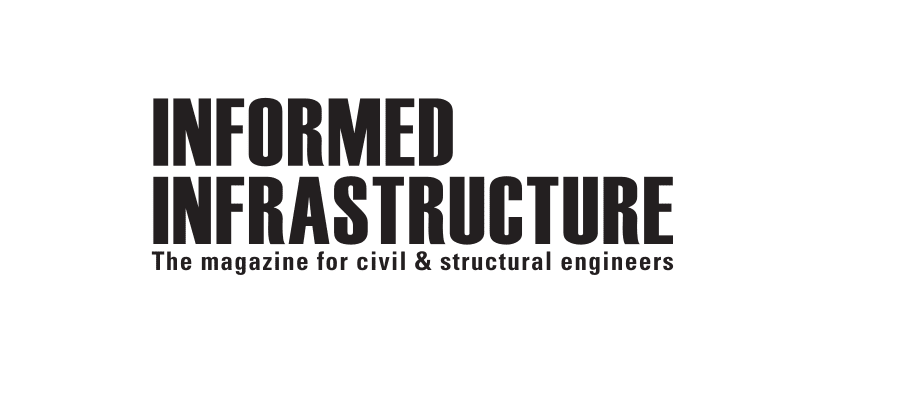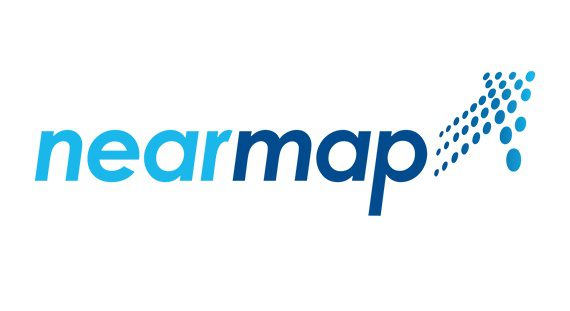Free registration required before viewing this course
Already have an account? Click here to log in.
Infrastructure Projects Take Flight with Accurate, High-Resolution Imagery, Data, and Insights
Course Information
Engineers, designers, operators, and owners of infrastructure and commercial facilities, private or public, are aware of most of the enormous advances in geospatial technologies such as global positioning, reality capture, GIS, BIM, digital twins, AR/VR, etc. Some of these have achieved deep, almost ubiquitous penetration into popular culture—satellite navigation available on any smartphone being a prime example.
Aerial imagery has long been a foundational component for infrastructure projects and location intelligence. It may seem that aerial views of Earth have been around for decades (they have) and haven’t changed much in all that time (definitely not the case).
In fact, the technology and use of aerial imagery in infrastructure and business has, in the 21st century, experienced improvement and expansion at least equal to that seen in laser scanning or computer design. Today, innovative technologies capture, process and stream massive amounts of aerial imagery into the cloud within days, without the need for specialized teams that survey and publish imagery manually. In addition, advances in machine learning and AI enable the identification and extraction of infrastructure assets and their properties. Use of improved aerial imagery is growing at an astounding rate—according to Allied Market Research:
Author
Angus StockingLearning Objectives
At the conclusion of this article, the reader should be able to understand how:
• High resolution, frequently updated, georeferenced aerial imagery can be used by AEC firms and infrastructure owners in all phases of infrastructure development—from winning projects to site selection, conceptual design to operation and maintenance, and through to decommission.
• Aerial imagery captured in vertical and oblique formats provides additional details when it comes to measurements and condition assessment.
• Processed 3D data in the form of digital surface models, point clouds, and textured mesh can be used in producing digital twins and integrating into the design workflows in Esri, Autodesk, and Bentley tools, among others.
• Artificial intelligence (AI) derived features and attributes layered on top of aerial imagery can help users extract useful, quantifiable insights about infrastructure, including change detection.
Already have an account? Click here to log in.





